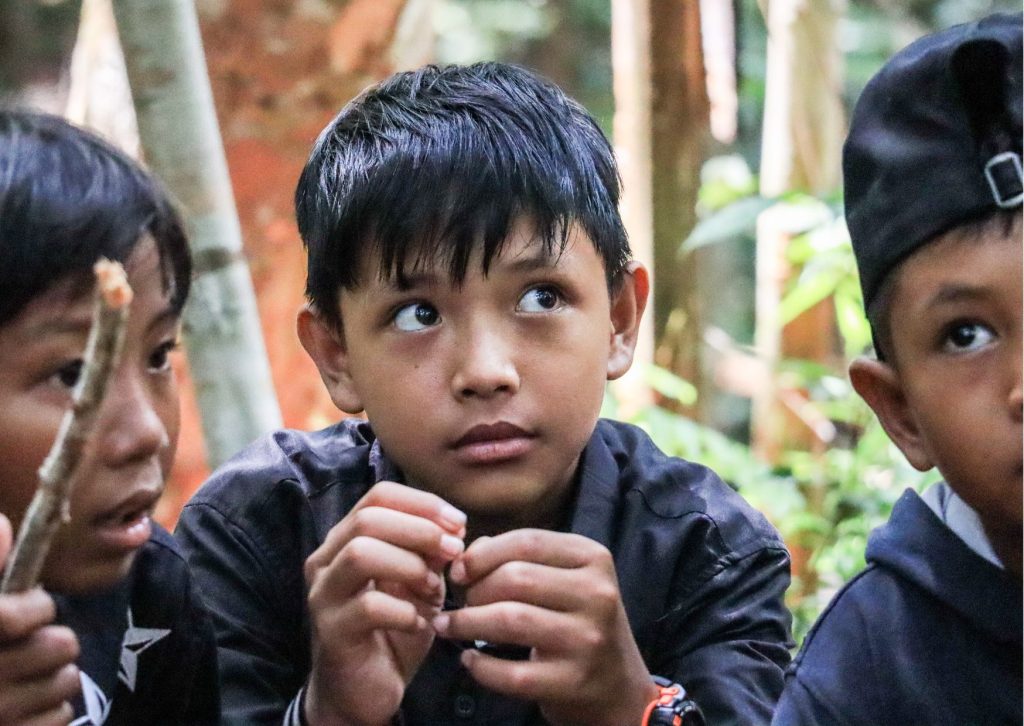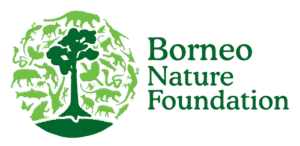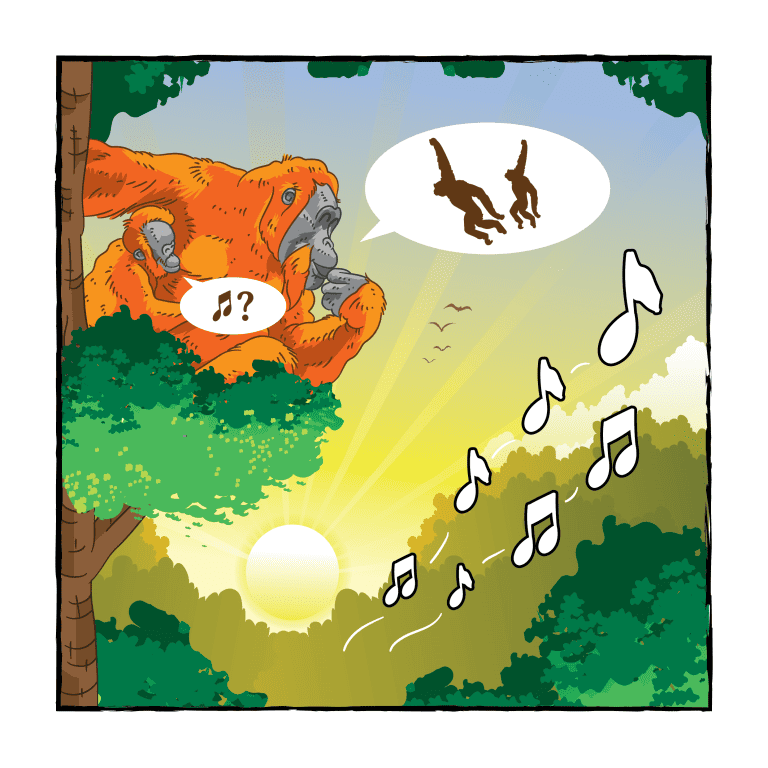There’s a significant gap between awareness and understanding when it comes to environmental issues such as biodiversity loss and the climate crisis.
More people than ever are aware that the planet is warming, that habitats are being destroyed, and species are vanishing at alarming rates. But this alone is not enough, and without an understanding of how to fix these problems, nothing will change.
In fact, despite rising public concern and record levels of self-reported interest in nature, studies suggest we’ve become increasingly disconnected from the natural world over the past two centuries.
Awareness, in and of itself, does very little except breed feelings of powerlessness and anxiety. But when knowledge accompanies awareness, we are empowered to act – we understand the problems and the solutions.

From Awareness to Action
Consider deforestation in Borneo.
Most of us are aware that deforestation drives biodiversity loss. But what’s behind it? One major cause is peat fires. Healthy peatlands are waterlogged year-round, making it difficult for fires to take hold. However, once drained by logging canals, they become highly flammable, resulting in catastrophic wildfires that are incredibly difficult to put out.
When we understand this, we can act. This goes for us as conservation practitioners, but also for local communities, whose livelihoods and ancestral forests are at stake. For example, the risk of fires is greatly reduced when people engage in peat-friendly land management practices and refrain from burning. The earlier these ideas are introduced, the more likely they are to shape long-term behaviour and decision-making, connecting the dots between knowledge and action.

Education: The Missing Ingredient
Environmental education receives relatively little attention – or, indeed, funding – compared with conservation initiatives like tree planting or protected areas development. Why? Partly because education’s impact is harder to measure. You can count the number of trees planted or hectares of peatlands restored, but how do you measure a spark of curiosity in a child that later blossoms into a lifelong commitment to protecting wildlife?
And yet, these intangible outcomes are among the most transformative. Without informed and engaged communities, even the most scientifically sound conservation strategies are doomed to fail.

Building a Conservation Generation
All children are interested in nature. But interest alone doesn’t always translate to understanding, and love doesn’t always lead to action.
That’s why it’s so vital to nurture children’s innate fascination with the natural world, to provide accessible, hands-on learning opportunities that connect them to their local environments and the wider world through science and culture.
When children experience the forest, peatlands and biodiversity firsthand, they begin to see themselves as part of something bigger – and that’s where lifelong stewardship begins, where the fire for the next generation of conservation leaders is ignited.
We offer a range of environmental education activities, designed to reach as many children as possible, irrespective of background. Some members of our youth clubs don’t have access to formal schooling, so we take care to equip all young people with a basic understanding of how ecosystems work and how their daily choices can protect them. Our education initiatives include:
- Youth clubs and after-school programmes – engaging children and teens in local communities through creative activities, performing arts, games and field trips, fostering a personal connection to the rainforest and its wildlife.
- ‘Conservation classes’ for local schools – covering topics such as peat swamp ecology, environmental threats and solutions, reinforced by hands-on experience gained during class trips to the forest.
- Teaching materials and training – providing resources to teachers and education professionals globally to increase awareness, allowing teachers to confidently engage their students on environmental topics without the need for our team to facilitate directly.
- Scholarships – helping ambitious and passionate young people to access further education and kickstart their careers in conservation.
- Field courses for local and international students – enabling participants to support actual conservation and monitoring projects and apply their learning in the field.
- And lots more!
If we want to protect our planet, we must do more than raise awareness: we must connect the dots and build understanding.
By investing in environmental education, we can bridge the gap between knowing and doing, shaping a “conservation generation” that is not only aware of the problems we face but is also empowered to solve them.
Because when people understand the environment, they protect it.

Kids, the Future of Conservation
The future young people will inherit is undeniably challenging, but it’s not without hope. The solutions already exist. What they require now is knowledge, collaboration, and the financial backing to do it at scale – you can help.
Next month, December 2nd, we’ll be launching our Big Give campaign: Kids, the Future of Conservation. During the week-long campaign period, all donations through our Big Give portal will be DOUBLED for twice the impact.
View the campaign page here.
Sign up to our newsletter to hear all the latest news and get notified when our campaign starts!












